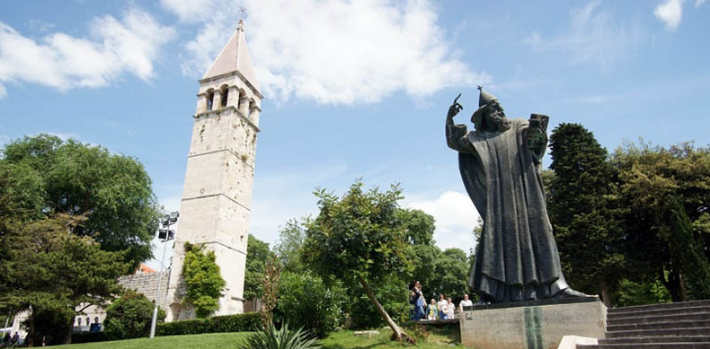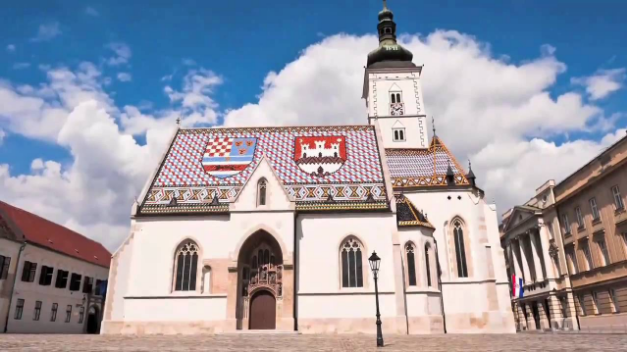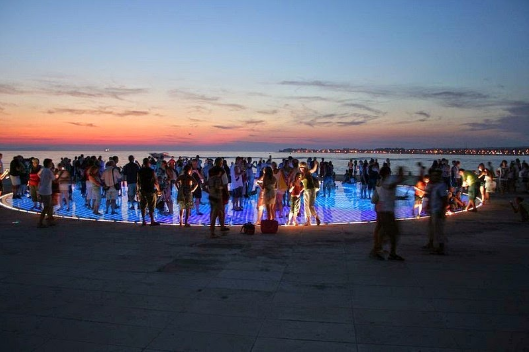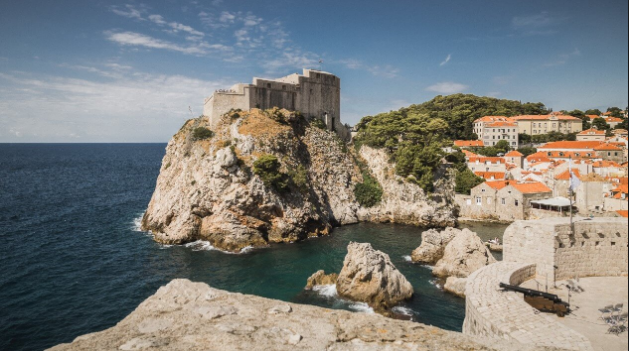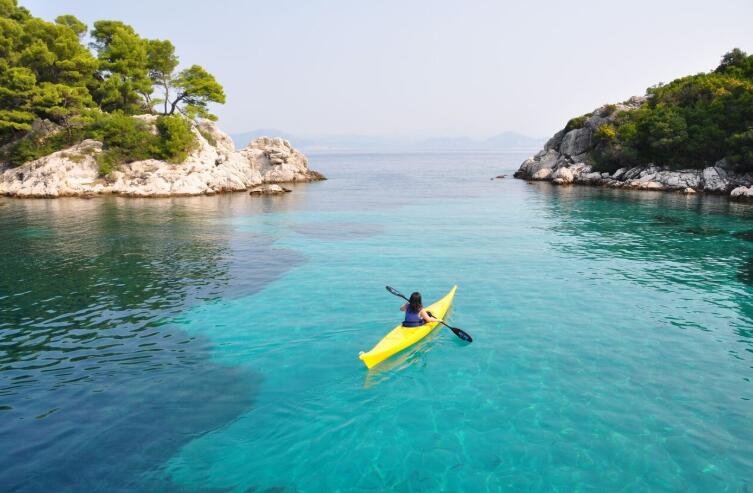Croatia is located in Central Europe, offers a long coastline with over a thousand islands along its coast at the Adriatic Sea (Mediterranean Sea), a variety of medieval towns and villages, and a pleasant Mediterranean climate, such features made it one of the most important tourist destinations in the Mediterranean. Wherever you go in this country, you'll enjoy warm hospitality and delicious Mediterranean food, with the emphasis on fresh local produce, good wine and olive oil that seems to make everyone so healthy and long lived in this part of the world.

Follow our step to explore the most attractive cities in Croatia to find the flavor of Croatia.
※ Zagreb, the capital and the biggest city in Croatia, is a typical Central European town. The city is made up of the Old Town, which consists of old buildings such as churches and city halls, the New Town, which consists of squares, business districts, and opera houses, and the Modern Town, which developed after World War II.

[Cathedral of Zagreb]
Cathedral is a Roman Catholic church and not only the tallest building in Croatia, but also one of the most monumental Gothic church in this part of Europe. It is an important landmark ancient buildings in Zagreb.

[Ban Jelacic Square]
Ban Jelacic Square is the central square of Zagreb and it is a pedestrian area. A place where Croats gather for big events (especially major football matches or concerts), it's also a great place to shop, hang out, eat, and drink coffee.

[Dolac Market]
Dolac market is Zagreb's main open-air farmers' market. The place locals buy their food. Full of life and color, where you can experience the daily life of the locals.

[Museum of Broken Relationships]
Museum of Broken Relationships is the only museum in the world on the theme of broken relationships. In 2011, the European Year of Museums awarded it the "Europe's Most Innovative Museum Award".

[St. Mark's Church]
St. Mark's Church is a Gothic building. Due to its signature colorful tiled roof, it is Zagreb's iconic building and also one of the oldest buildings in Zagreb dating from the 13th century.

[Plitvice Lakes National Park]
The Plitvice Lakes National Park, also known as the Sixteen Lakes Park, is Croatia's best known, most beautiful, and largest national park. Within the boundaries of this heavily forested national park, 16 crystalline lakes tumble into each other via a series of waterfalls and cascades. UNESCO listed it as a World Natural Heritage Site in 1979. The park's forests are home to bears, wolves, and many rare bird species.

※ Zadar is situated in the heart of the Adriatic and is the urban center of northern Dalmatia as administrative, economic, cultural and political center of the region with 75,000 inhabitants. It is known for the Roman and Venetian ruins of its peninsular Old Town.

[St. Chrysogonus Church]
The Church of St. Chrysogonus is a Roman Catholic church, named after Saint Chrysogonus, the patron saint of the city. Consecrated in 1175, this church is a superb example of Italian Romanesque art, it is must-have wedding venue for young people in Zadar!

[Church of St Donatus]
The Church of St Donatus is the most representative building in Zadar, built in the 9th century and then known as the Church of the Trinity, is a typical and unique Byzantine style sanctuary with a rarely seen circular facade. Due to its excellent acoustics, it has been the venue of the annual International Medieval Renaissance Music Season since 1979.

[Land Gate]
The best-known of the gates along the walls that ring Zadar is the Land Gate, once the main entrance to the city. Dating from 1543, it has Renaissance-style decorations including St Chrysogonus (Zadar's patron saint) on horseback and the Venetian winged lion.

[Sea Organ]
Opened in April 2005, the world's only Sea Organ, designed by architect Nikola Basic, is one of the most memorable sights in Zadar, Croatia. The instrument consists of a series of 35 tubes and a large resonating cavity, which is played by the wind and the sea.

[Greeting to the Sun]
The Greeting to the Sun next to the famous Sea Organ, consists of three hundred multi-layered glass plates. The LED lights on the ground are not computer-controlled, but are controlled and activated by the waves, providing a different view from the afternoon until dark. At dusk, it is the perfect place to watch the sunset, and the ground is lit with colorful lights that reflect the sunset.

※ Sibenic is a historic city in southeastern Croatia and a charming town in Dalmatia, features two UNESCO heritage sites, Game of Thrones locations, nice beaches and preserved nature.

[Cathedral of Saint James]
The Cathedral of St. James is a triple-nave catholic basilica with three apses and a dome (32 m high inside). It is one of the most significant and most beautiful architectural achievements in Croatia and was included on the UNESCO Cultural World Heritage List in 2000.

[St. Michael's Fortress]
St. Michael's Fortress is a medieval fort, a good place with wonderful view on the city and the sea in front. Its strategically favorable and dominant position made it the central part of Sibenik fortification system.

[Krka National Park]
Krka National Park is one of the most beautiful natural attractions in Croatia. It features extreme beauty and preserved nature alongside river Krka and known for a series of 7 waterfalls.

※ Trogir is known as a famous example of the city's historical continuity, famous for its mixture of Renaissance, Baroque and Romanesque architecture. In 1997 the entire town was inscribed on the UNESCO World Heritage List. The town is not only clean and beautiful, but also vibrant and relatively untouched by tourists.

[Cathedral of St. Lawrence]
The Cathedral of St. Lawrence was built in the 13th century with an arched layout of the Romanesque basilica with three naves, an antechamber with three semicircular apses and is one of the most beautiful monuments in Europe. The campanile commands a fine panorama over Trogir.

※ Split, located on the Dalmatian coast in Croatia, is a vibrant port city, is also a historical city, a sanatorium and a tourist attraction in Croatia. Well-known for its ancient center, beautiful architecture, and exquisite cuisine.

[Green Market]
Green Market, locally known as Pazar, is popular outdoor farmers' market with stalls selling fruit & vegetables, plus a large meat selection. This is where you can witness everyday life in Split and feel like one of the locals. The colorful outdoor market is fast becoming a popular destination for tourists eager to experience authentic Croatia.

[Diocletian's Palace]
Diocletian Palace is one of the best preserved monuments of the Roman architecture in the world and is the main attraction of Split, Croatia. There are more than 200 buildings, each of which is still in use and occupied, with stores, restaurants, museums, and many residents still living in the old buildings.

[Saint Domnius Cathedral]
The Cathedral of Saint Domnius, known locally as the Saint Dujam or colloquially Saint Duje, is the Catholic cathedral. It is a complex of a church, formed from an Imperial Roman mausoleum, with a bell tower and is one of the best-preserved ancient Roman buildings still standing.

[Grgur Ninski Statue]
This 28-foot tall statue of Gregory of Nin, stands near the Golden Gate. It is a statue of a medieval bishop from Croatia who strongly opposed the Pope. It is said that touching the statue's left toe brings good luck!

※ Hvar, a Croatian island in the Adriatic Sea, is best known as a summer resort. Highlights include its 13th-century walls, a hilltop fortress and a main square anchored by the Renaissance-era Hvar Cathedral. It is proud that it has the most sunny hours of all the islands in the Adriatic Sea.

※ Dubrovnik is on Croatia’s stunning Dalmatian Coast and is a jewel in the azure Adriatic Sea. It is one of the most prominent tourist resorts of the Mediterranean. George Bernard Shaw once said, "If you want to see what heaven is really like, then go to Dubrovnik!"

[Cathedral of the Assumption]
The Cathedral of the Assumption is a Roman Catholic church and the Cathedral of the Catholic Church in the Diocese of Dubrovnik. The cathedral is notable for its fine altars, especially the altar of St John of Nepomuk, made of violet marble.

[Bell Tower]
The bell tower, built in 1444, is a local landmark with two identical small bronze figures striking the hours with small hammers.

[Large Onofrio's Fountain]
One of Dubrovnik's most famous landmarks, this circular fountain was built in 1438 as part of a water-supply system. It is designed as a huge central dome with sixteen water taps around it. The water in the fountains remains drinkable today so feel free to have a drink when wandering around town.

[Franciscan Monastery]
Franciscan Monastery was built in the 14th century and is known for its extraordinary Baroque appearance. It is one of the few buildings in Dubrovnik that survived the devastating earthquake of 1667. The monastery houses a small religious museum as well as one of Europe’s oldest working pharmacies.

[City Walls & Forts of Dubrovnik]
The Walls of Dubrovnik are a series of defensive stone walls surrounding the city of Dubrovnik in southern Croatia. These enormous walls that encircle the entire Old Town, dotted by fortresses and overlooking the sea are indeed the city's most famous feature. From the top, the view over the old town and the shimmering Adriatic is sublime.



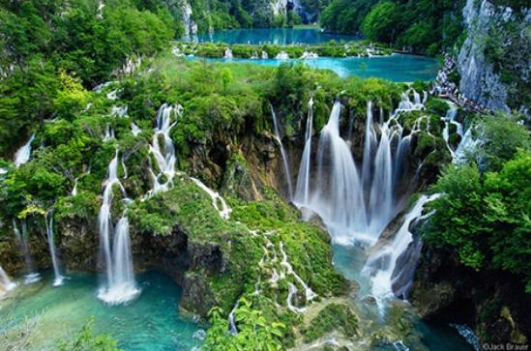
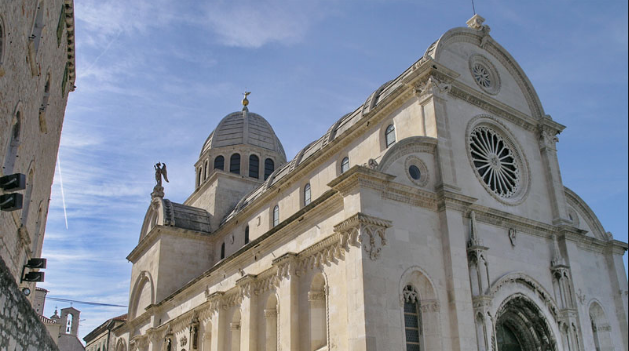
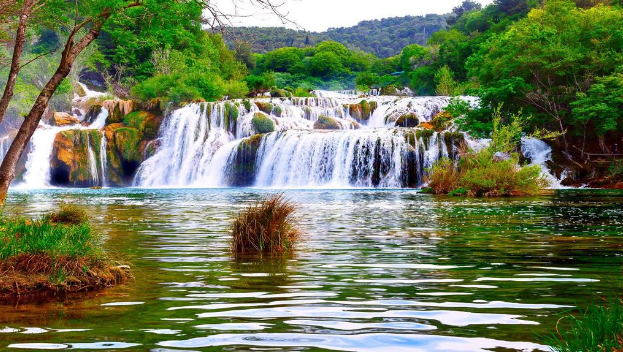
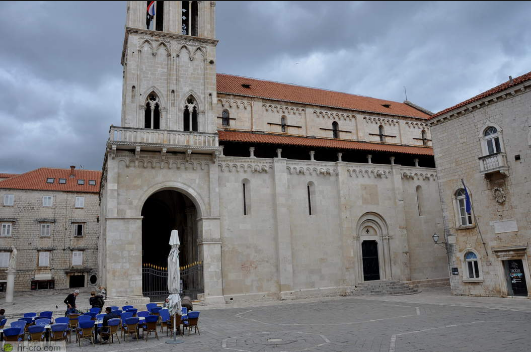
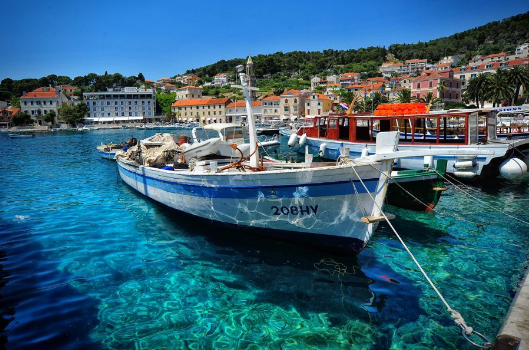
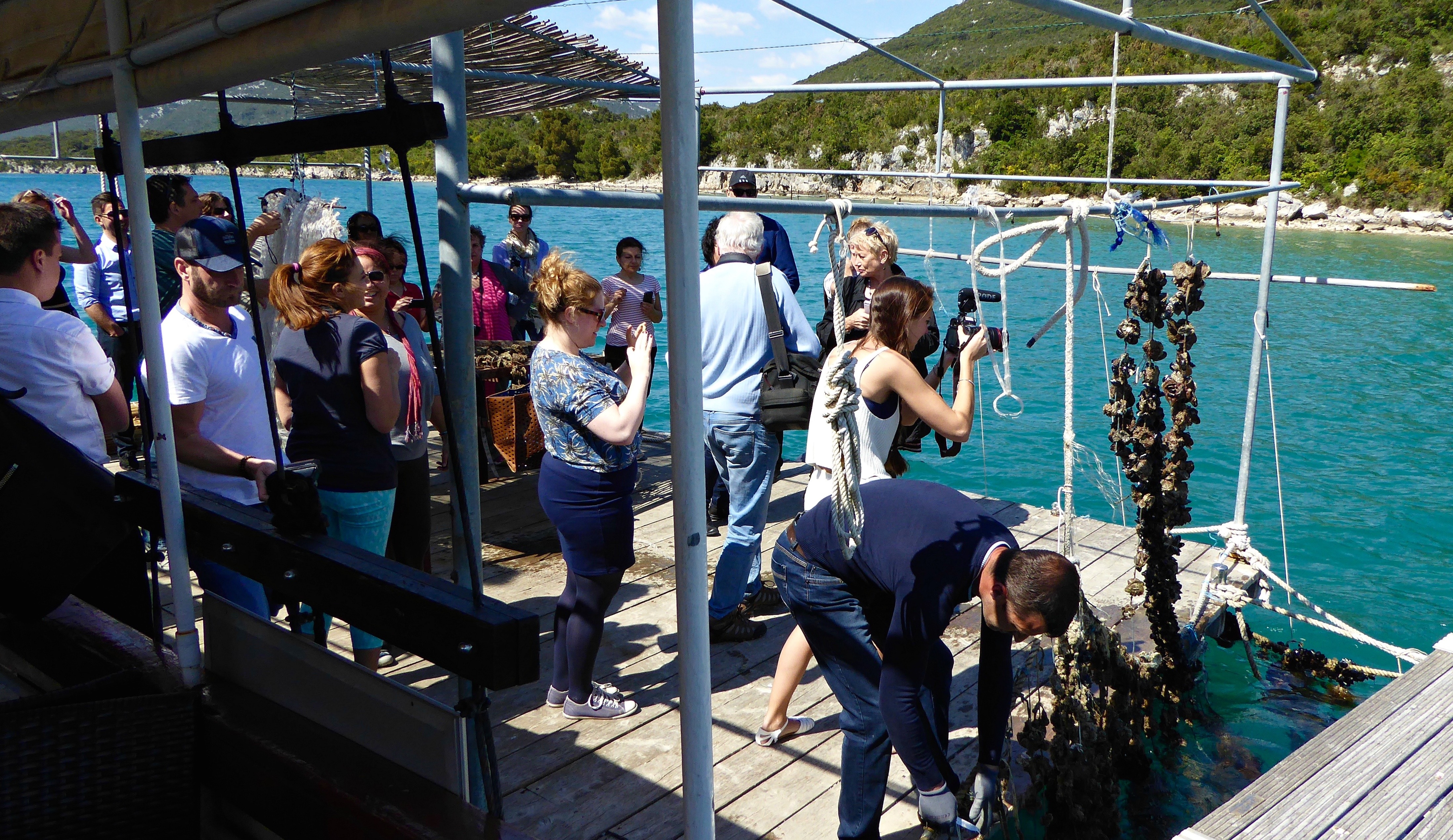
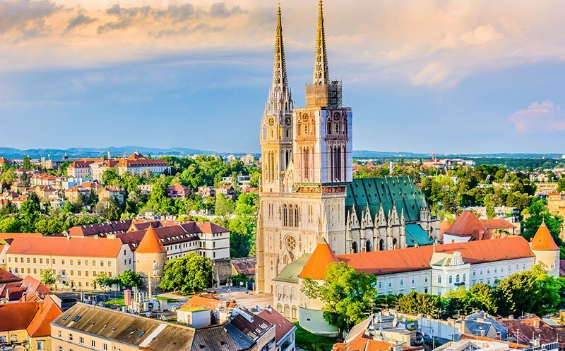
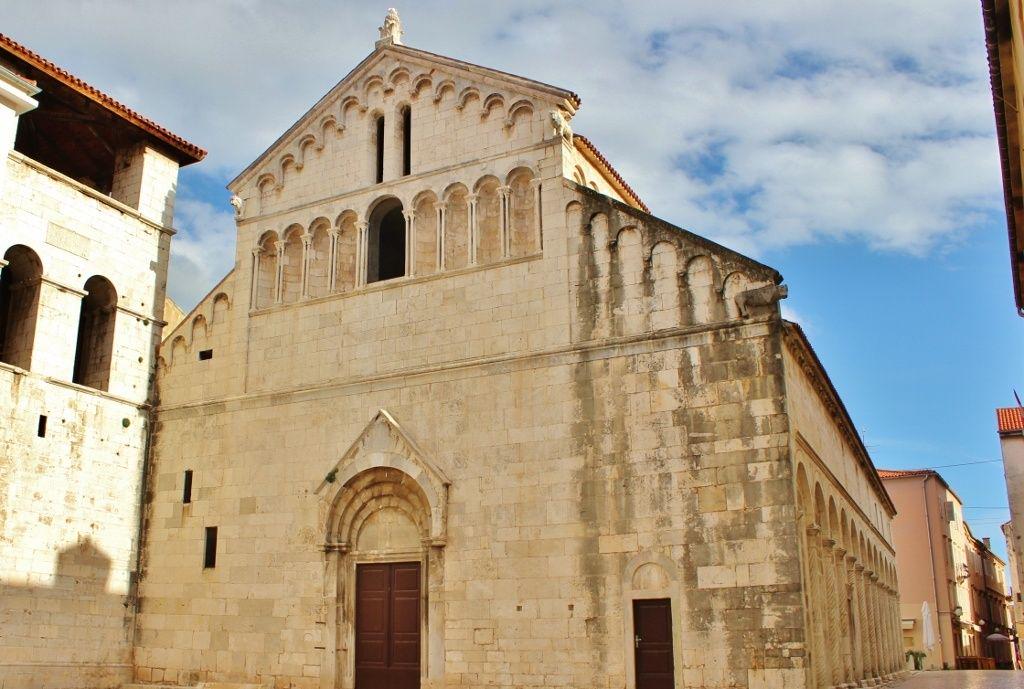
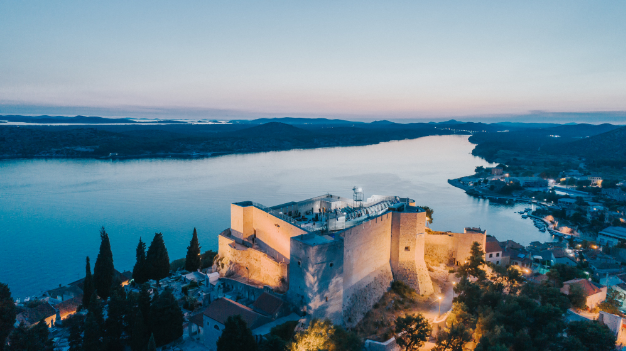
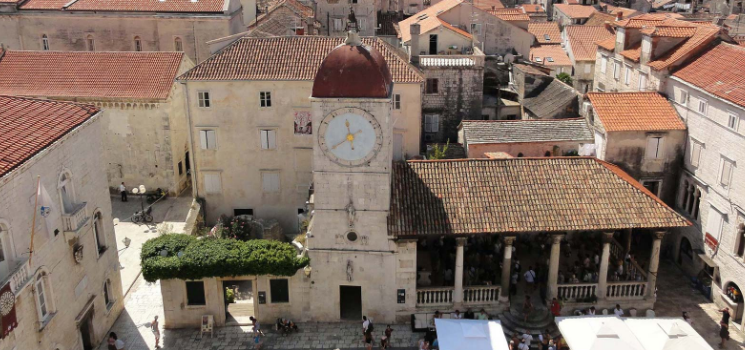
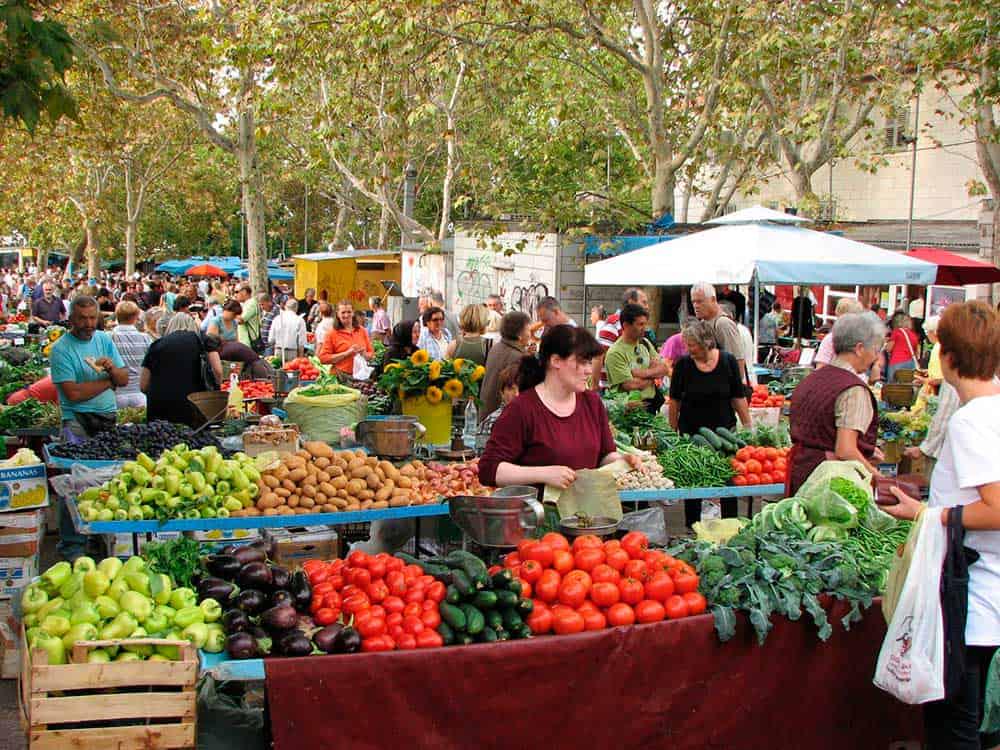
)
)
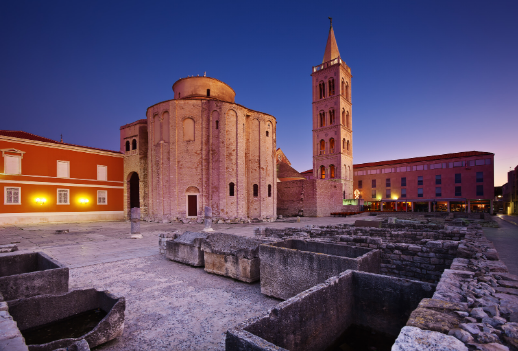
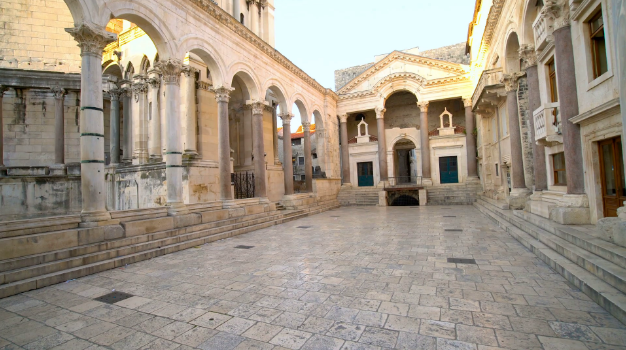
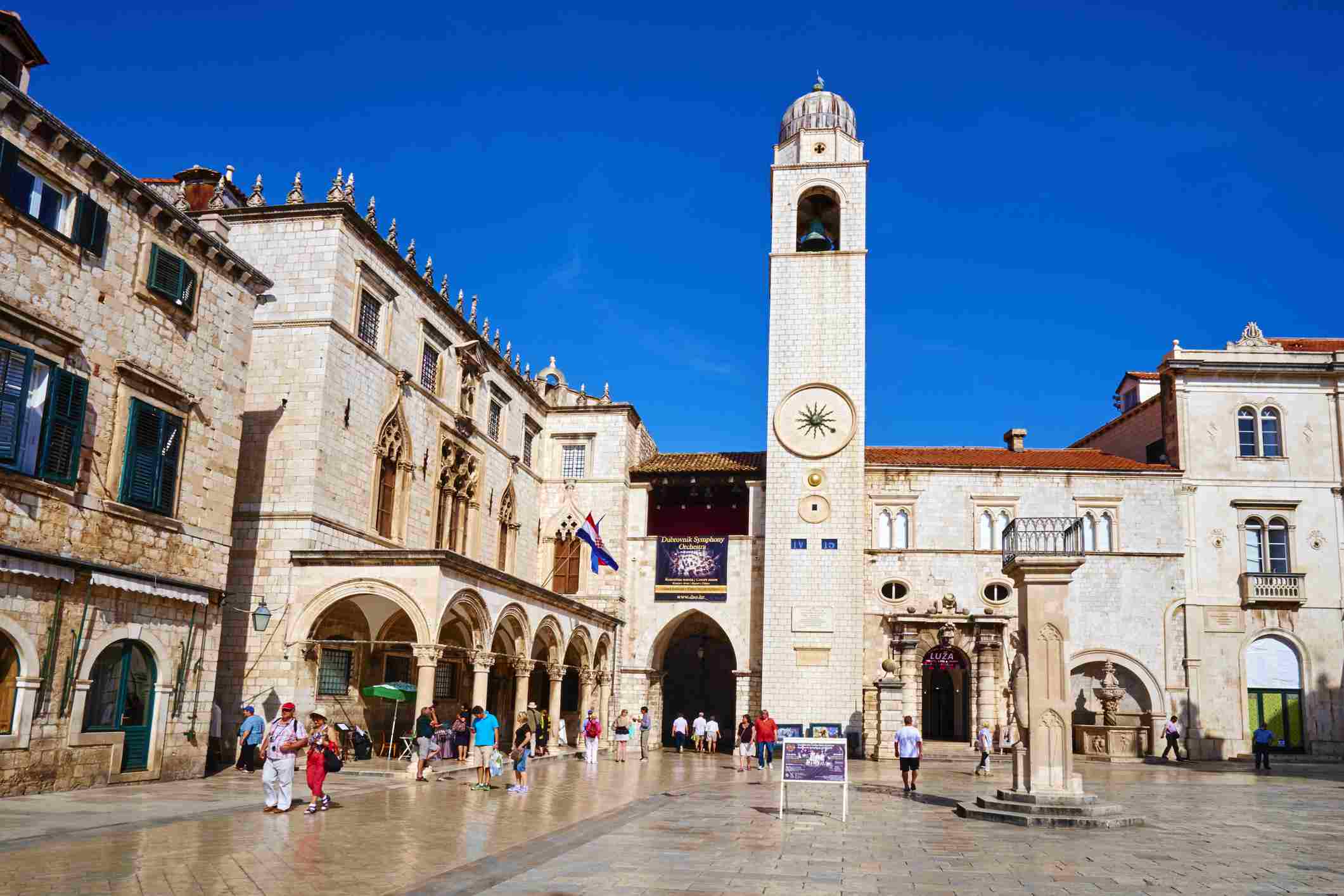
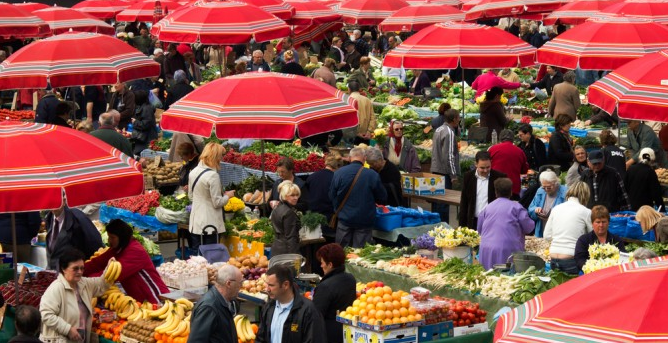
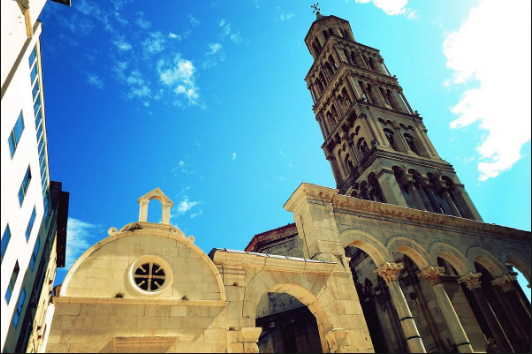
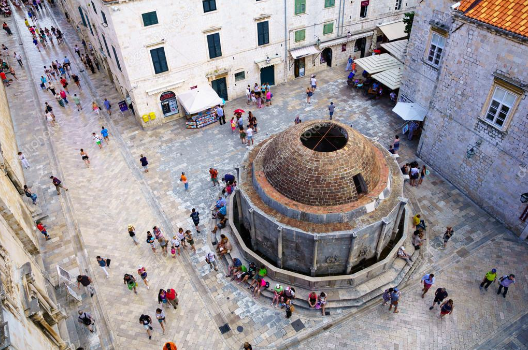
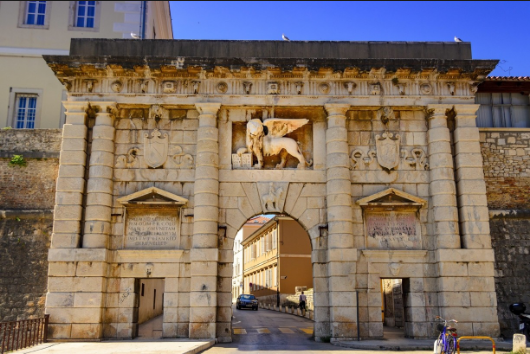
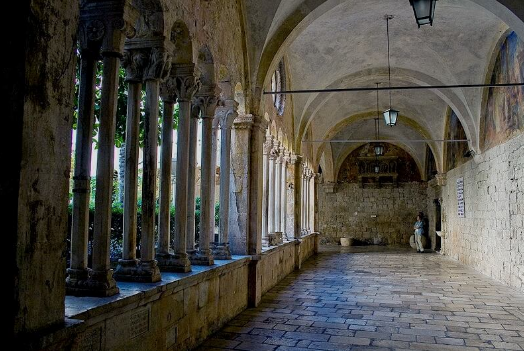
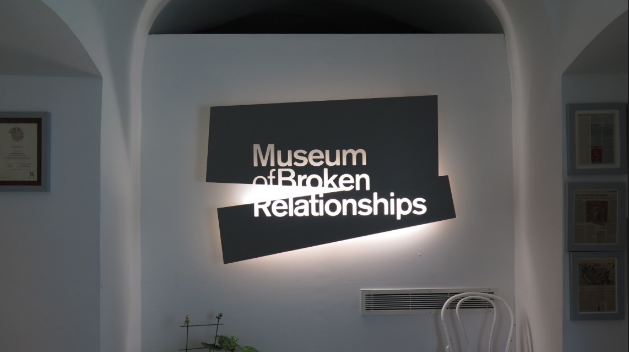
)
